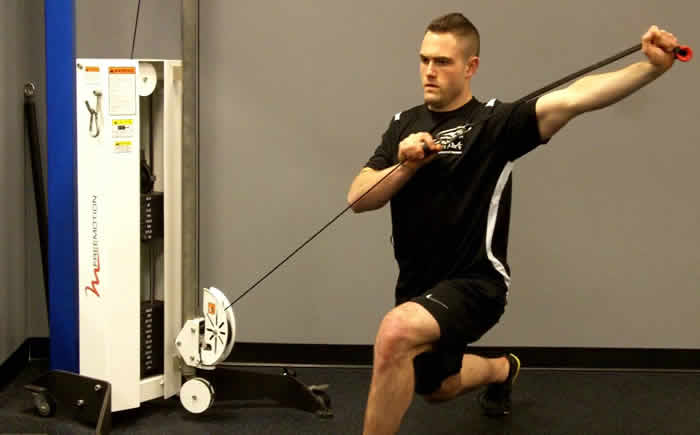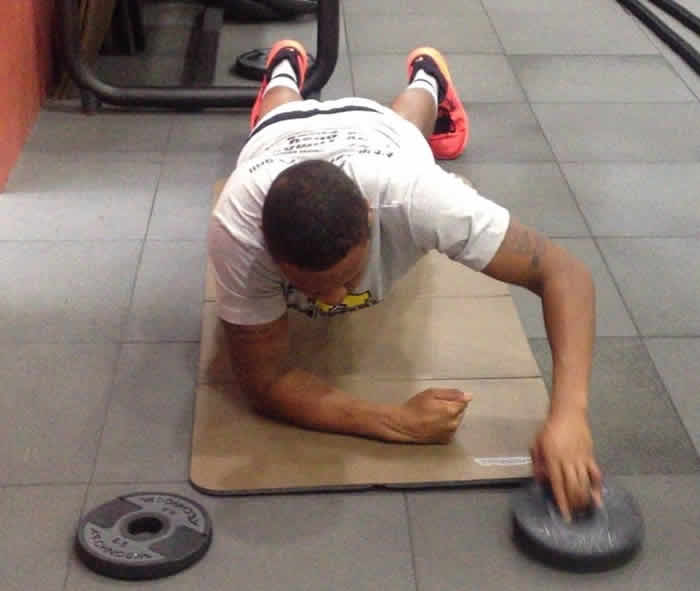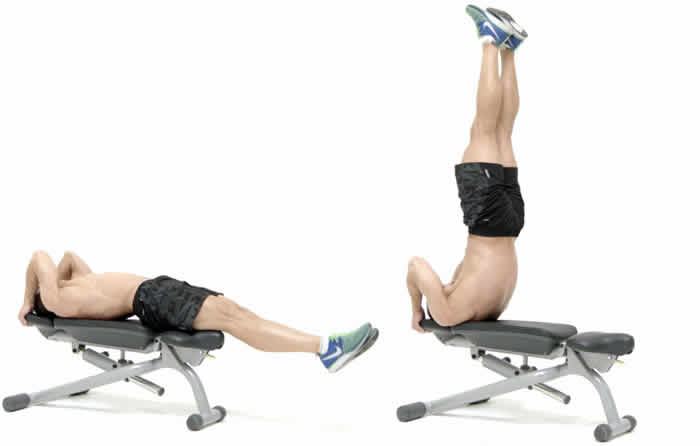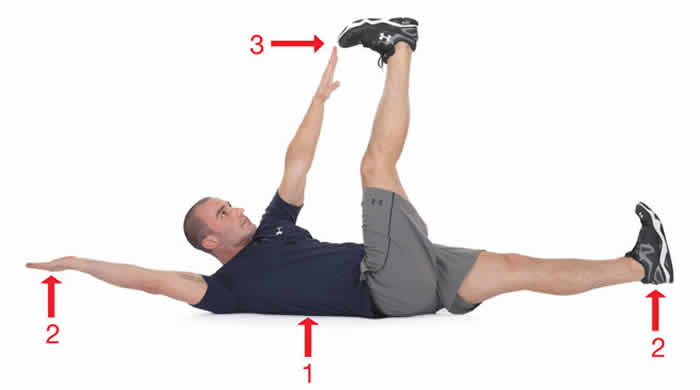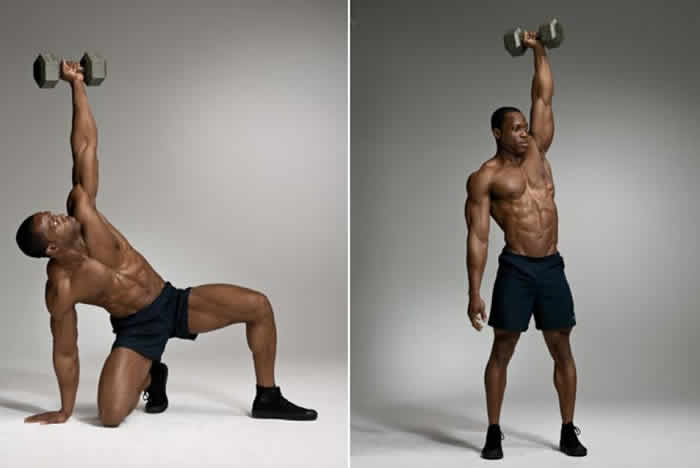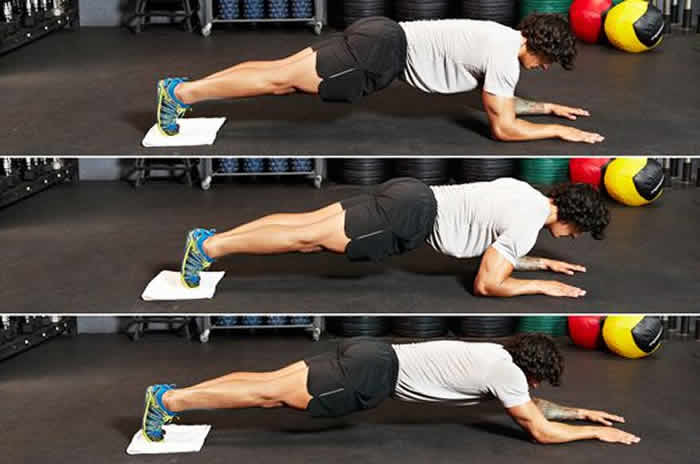6 Moves You’ve Never Tried
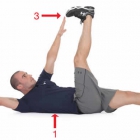
Endlessly doing leg raises, basic planks, and oblique crunches can become redundant if you’re looking for a program that really attacks your abs. It’s easy to fall into the habit of doing what’s convenient and easy but we all know that’s the ticket to plateau central. Because of this, it’s important to change the game and provide an added challenge for the abdominal. Here are six moves that do just that.
[contentblock id=1 img=adsense.png]
Split Stance Cable Lift
The split stance is a great tool to apply to core training, and teaching the abs to resist unwanted movement as it helps their function of stabilizing the spine. Pulling the cable from one side asks the abs to work hard to stabilize the torso and keep from moving. Be sure not to allow the hips to move, and remember, it doesn’t take much weight to really feel this movement.
Plate Transfer Plank
Adding plate transfers to a plank is the ultimate upgrade for the most common core move. Your body should look like it has four points of contact on the ground at all times. Use 2.5- or 5-pound plates, and stick with no more than 5 plates. Remember to keep a reasonable distance between each side.
Read More: Top 5 of the Hardest Workouts You Will Ever Do
Dragon Flags
Challenging the eccentric (negative) strength of a muscle makes it stronger, since the strongest fibers get the chance to work hard. The dragon flag is one of the most demanding body weight core exercises in the game for this exact reason. Using a flat or decline bench, secure the hands behind the head, and raise the entire body up as vertically as possible. There should be a straight line from shoulders to ankles. Allow your body to descend slowly, resisting a quick “drop” by bracing your abdominal. Keep your butt away from the bench for as long as possible; the body should touch the bench all at the same time — not in parts.
[contentblock id=2 img=adsense.png]
Dead Bugs
The dead bug is one of those movements where you control the intensity. It’s an unloaded, body weight movement with no real resistance unless you create it for yourself. The dead bug movement helps connect the upper body to the lower body so that the abs are capable of properly transferring forces through the entire body during compound movements. They can help everything from the efficiency of your squat or overhead press, to the efficiency of your breathing on a day to day basis.
Read More: How Music Might Improve Your Workouts
Here’s how to do it:
- Find any wall and lay supine on the floor in front of it.
- With a slight bend in the elbows, apply pressure into the wall, and make sure there are no spaces between the back and the ground.
- Next, slowly alternate a “cycle” motion with the legs, while maintaining all other areas of tension. It’s easy to forget to continue pushing the wall while the legs are moving. Be hard on yourself and keep strong tension for sets of 30 seconds each.
Turkish Get-Ups
The Turkish get-up is complex, sure, but you’re not going to find a better exercise to challenge rotary stability, trunk flexion, back strength, and shoulder mobility all in the same movement. The standard dumbbell or kettlebell Turkish get-up is a winner, especially when performed at the end of your workout as a conditioning drill. If you’re up for a greater challenge, try using a barbell that’s the same weight as the dumbbell or kettlebell you used.
[contentblock id=3 img=gcb.png]
Body Saws
If you have access to a TRX or other suspension kit, don’t underestimate body saws; they’re much more challenging than they look. Set the handles around one foot off the ground, and place the feet inside while face down. Assume a plank position, and start with the eyes in line with the fists. Slowly allow the arms to “guide” your body backwards until the eyes are in line with the elbows. Be sure not to break form by letting the stomach fall and the back arch. Keep the hips slightly elevated like Dean Somerset shows in the video, and remember to engage the glutes. This movement will challenge the anti-extension capacity of the abs and strengthen the lower back in the process, which can fix walking issues and pelvic tilts, not to mention basic exercise techniques.
